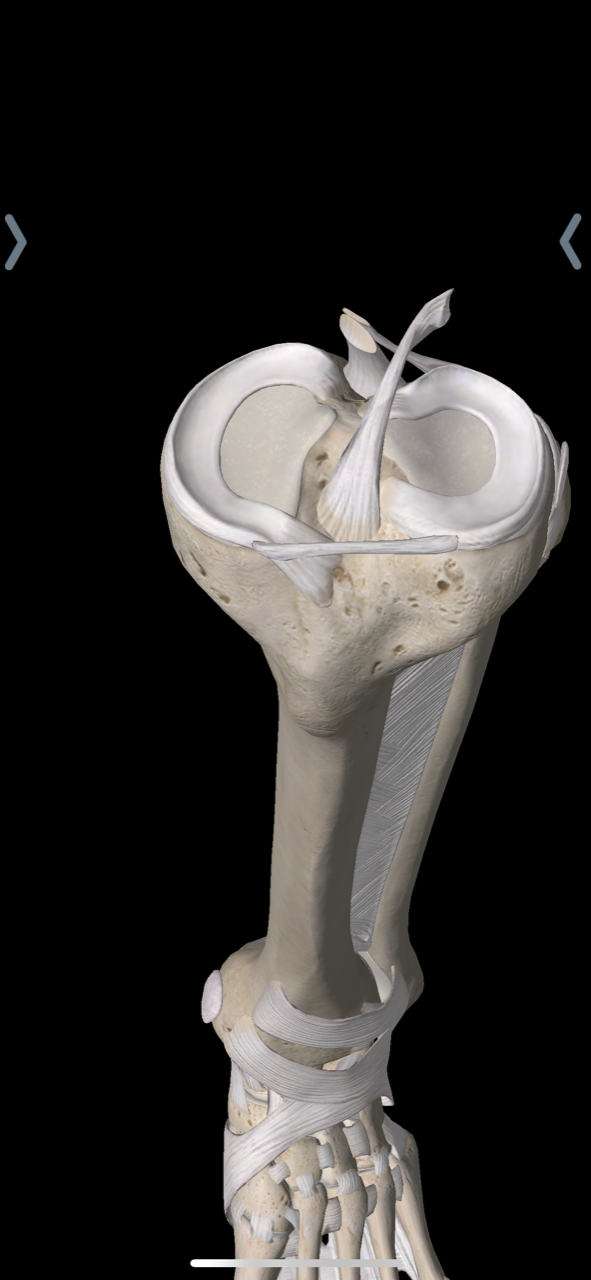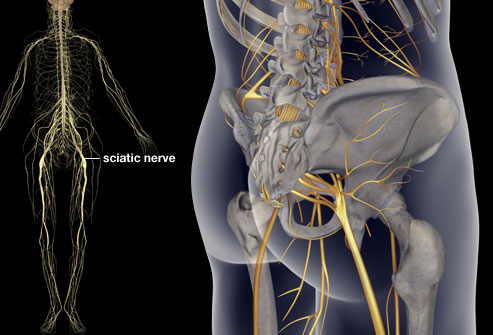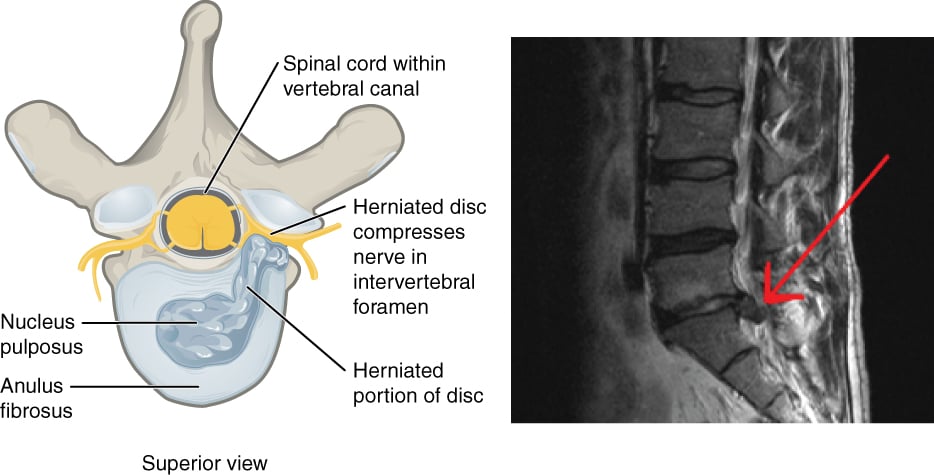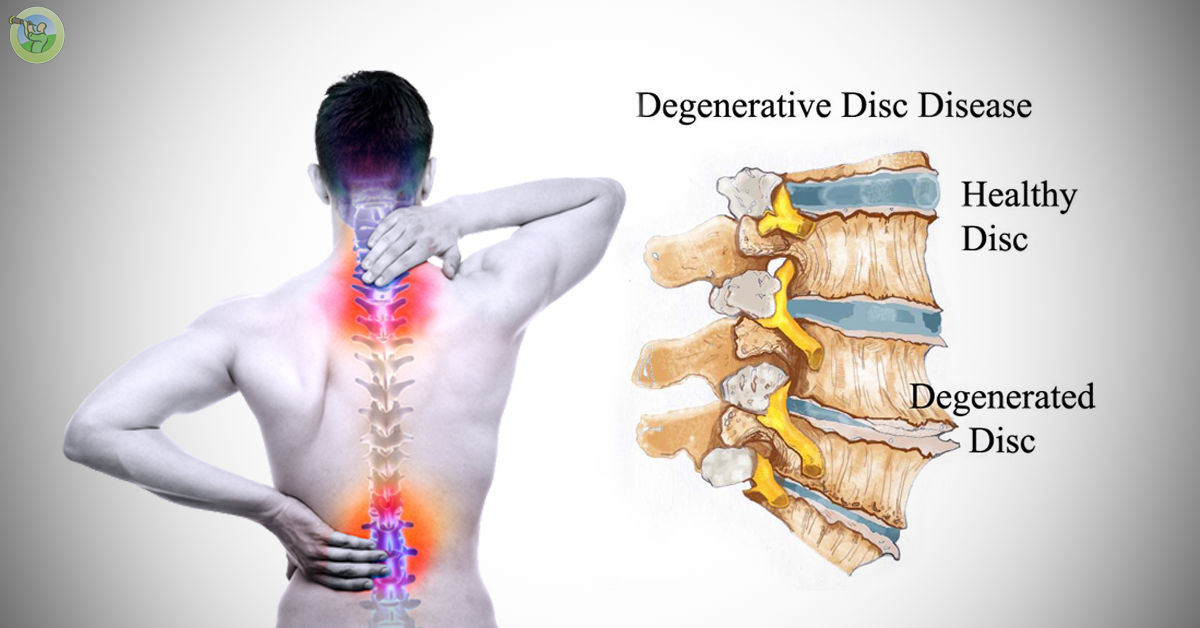Knee menisci are two disks of cartilage forming a “C” shape in between the tibia and femur, and act as a cushion to protect the knee joint from compressive forces. The meniscus is extremely durable and not usually injured from up and down forces, but is most at risk with rotational or twisting forces. Most injuries occur with a bent knee, and twisting motion when planting the leg into the ground.

Meniscus injuries can cause a few different types of tears
- Microtears or fraying in the meniscus structure
- “Bucket handle tear” where the meniscus tears around the C in a handle type presentation.
- Longitudinal tear down the length of the meniscus
- Horizontal tears across the meniscus
- Complicated tears involving a mixture of different types
Most meniscus injuries include complaints of pain at the knee joint line, usually increased after weight bearing. Even fraying or minimal injury to the menisci cause can cause these symptoms.
When should I consider having meniscus surgery?
More serious meniscus injuries including the knee “locking”, or bending and not being able to straighten right away. This happens when the meniscus catches in the knee as the bones glide overtop of each other. These types of injuries usually require some type of surgery.
Types of meniscus surgery
Surgeries for meniscus tears involve two main methods. The first is a meniscectomy, where the surgeon removes the damaged portion of the meniscus, and makes sure the parts are smoothly moving over each other. This is usually done when the damage is minimal.
The second surgery option, involves suturing the torn meniscus back into place. This involves larger tears, and is used for patients who want to return to their sport and have decreased risk for developing osteoarthritis later on.
Physical therapy for meniscus injury
Physical therapy is shown to be effective for meniscal injuries, before and even after surgery!
Whether rehabilitating a meniscus after surgery or right after the initial injury, it is important to assess a number of factors that can aid in your recovery. This would include muscle strength at the hip and knee, swelling, ambulation, and range of motion. Meniscus injuries are tricky, and it pays to work with a medical professional, like a Physical Therapist, to navigate your rehab!
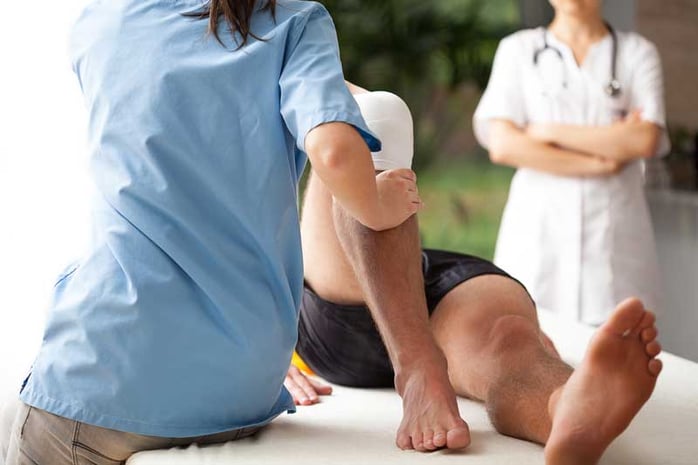
Reach out to us on our contact page to have an evaluation performed on your meniscal injury!

